- Great Learning
- Free Courses
- It & Software
Earn a certificate & get recognized
Prime Number Program in Python
Prime Number Program in Python
2.4K+ learners enrolled so far
Stand out with an industry-recognized certificate
10,000+ certificates claimed, get yours today!
Get noticed by top recruiters
Share on professional channels
Globally recognised
Land your dream job

Skills you will gain
Basics of Python
Prime number
Key Highlights
Get free course content
Master in-demand skills & tools
Test your skills with quizzes
About this course
In this course, you will learn about the Prime number program in Python. You will start this course by knowing what Python is, along with applications. Moving ahead you will learn the working of a jupyter notebook and essential concepts involved in python such as variables and different data types. Then, moving next you will get an idea about different types of operators. Then we will jump to the control statements in python. Later, you will be learning the concept of a prime number along with the coding implementation in python programming.
Explore our Software Engineering Courses today.
Course outline
Operators in python
This section will talk to you about relational, arithmetic, and logical operators and will help you understand how different operations are performed on the data using the mentioned operators.
Introduction to python
This module starts by briefly introducing Python programming, and you will go through its installation process and some essential hands-on examples.
Intro to Jupyter Notebook
This section introduces you to a Python interpreter, Jupyter Notebook, and its basics.
Variables and Datatypes in Python
Control Statements in Python
Prime Number in Python
Get access to the complete curriculum once you enroll in the course
Stand out with an industry-recognized certificate
10,000+ certificates claimed, get yours today!
Get noticed by top recruiters
Share on professional channels
Globally recognised
Land your dream job

Prime Number Program in Python

1.5 Hours
Beginner
2.4K+ learners enrolled so far
Get free course content
Master in-demand skills & tools
Test your skills with quizzes
Refer and earn
Get learning discounts up to $20
Learner reviews of the Free Courses
Frequently Asked Questions
Will I receive a certificate upon completing this free course?
Is this course free?
Will I get a certificate after completing this Prime Number Program in Python free course?
Yes, you will get a certificate of completion for Prime Number Program in Python after completing all the modules and cracking the assessment. The assessment tests your knowledge of the subject and badges your skills.
How much does this Prime Number Program in Python course cost?
It is an entirely free course from Great Learning Academy. Anyone interested in learning the basics of Prime Number Program in Python can get started with this course.
Is there any limit on how many times I can take this free course?
Once you enroll in the Prime Number Program in Python course, you have lifetime access to it. So, you can log in anytime and learn it for free online.
Can I sign up for multiple courses from Great Learning Academy at the same time?
Yes, you can enroll in as many courses as you want from Great Learning Academy. There is no limit to the number of courses you can enroll in at once, but since the courses offered by Great Learning Academy are free, we suggest you learn one by one to get the best out of the subject.
Why choose Great Learning Academy for this free Prime Number Program in Python course?
Great Learning Academy provides this Prime Number Program in Python course for free online. The course is self-paced and helps you understand various topics that fall under the subject with solved problems and demonstrated examples. The course is carefully designed, keeping in mind to cater to both beginners and professionals, and is delivered by subject experts. Great Learning is a global ed-tech platform dedicated to developing competent professionals. Great Learning Academy is an initiative by Great Learning that offers in-demand free online courses to help people advance in their jobs. More than 5 million learners from 140 countries have benefited from Great Learning Academy's free online courses with certificates. It is a one-stop place for all of a learner's goals.
What are the steps to enroll in this Prime Number Program in Python course?
Enrolling in any of the Great Learning Academy’s courses is just one step process. Sign-up for the course, you are interested in learning through your E-mail ID and start learning them for free online.
Will I have lifetime access to this free Prime Number Program in Python course?
Yes, once you enroll in the course, you will have lifetime access, where you can log in and learn whenever you want to.
Become a Skilled Professional with Pro Courses
Gain work-ready skills with guided projects, top faculty and AI tools, all at an affordable price.


View Course

Included with Pro+ Subscription

View Course

Included with Pro+ Subscription
.jpg)
View Course

Included with Pro+ Subscription


View Course

Included with Pro+ Subscription


View Course

Included with Pro+ Subscription

View Course

Included with Pro+ Subscription

View Course

Included with Pro+ Subscription

View Course

Included with Pro+ Subscription

View Course

Included with Pro+ Subscription

View Course

Included with Pro+ Subscription

View Course

Included with Pro+ Subscription
.jpg)
View Course

Included with Pro+ Subscription

View Course

Included with Pro+ Subscription


View Course

Included with Pro+ Subscription




View Course

Included with Pro+ Subscription


View Course

Included with Pro+ Subscription
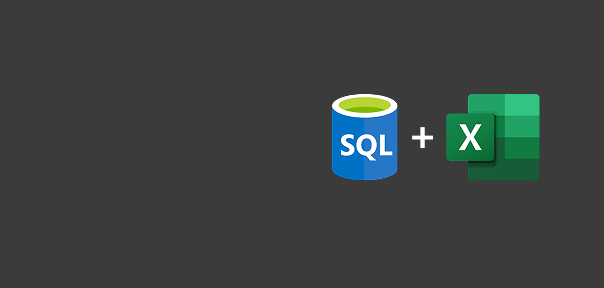

View Course

Included with Pro+ Subscription


View Course

Included with Pro+ Subscription


View Course

Included with Pro+ Subscription
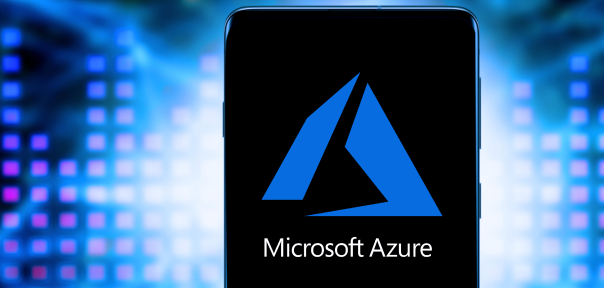

.jpg)
View Course

Included with Pro+ Subscription
.png)
View Course

Included with Pro+ Subscription
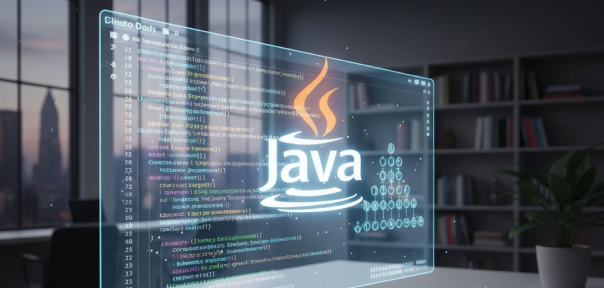
View Course

Included with Pro+ Subscription

View Course

Included with Pro+ Subscription
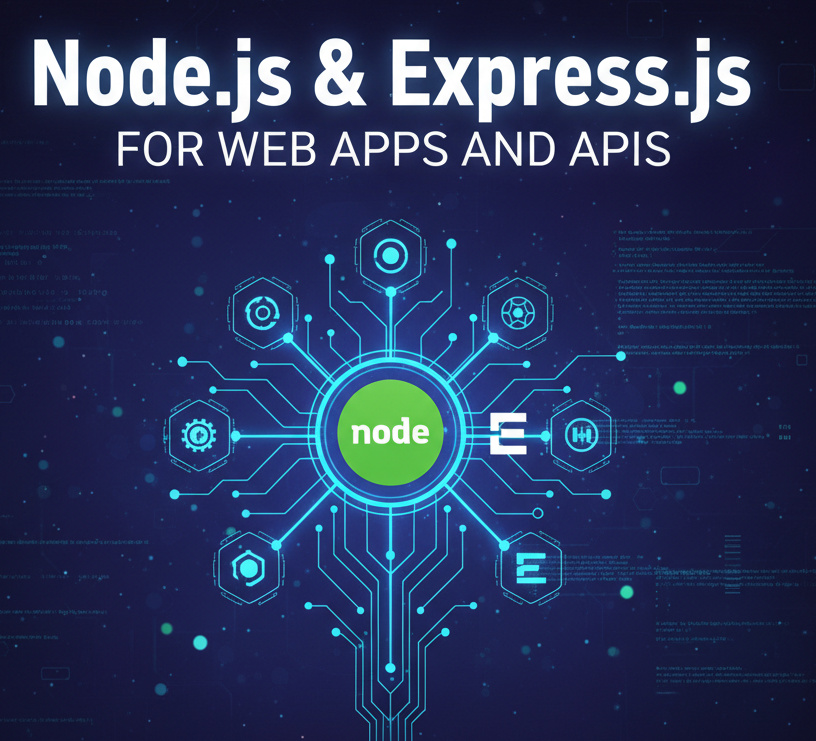
View Course

Included with Pro+ Subscription
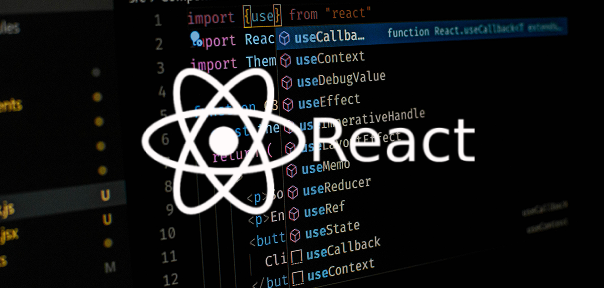
View Course

Included with Pro+ Subscription
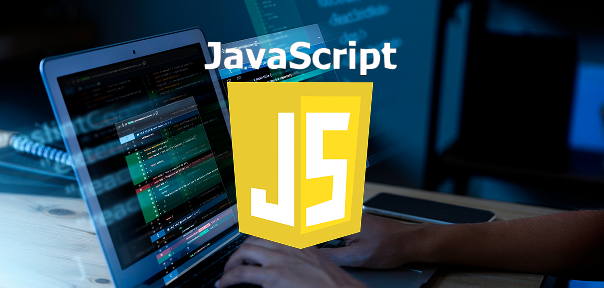
View Course

Included with Pro+ Subscription

View Course

Included with Pro+ Subscription
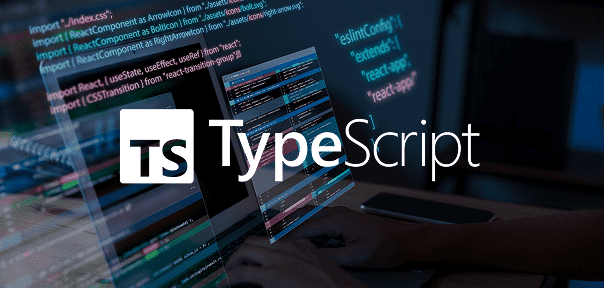
View Course

Included with Pro+ Subscription


View Course

Included with Pro+ Subscription

View Course

Included with Pro+ Subscription
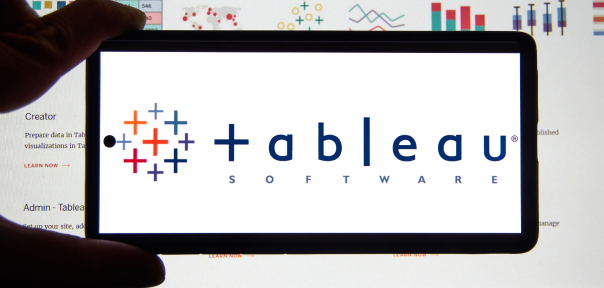
View Course

Included with Pro+ Subscription
.png)
View Course

Included with Pro+ Subscription

View Course

Included with Pro+ Subscription
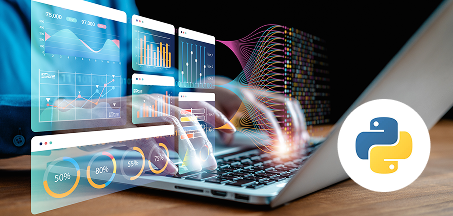
View Course

Included with Pro+ Subscription

View Course

Included with Pro+ Subscription

View Course

Included with Pro+ Subscription

View Course

Included with Pro+ Subscription
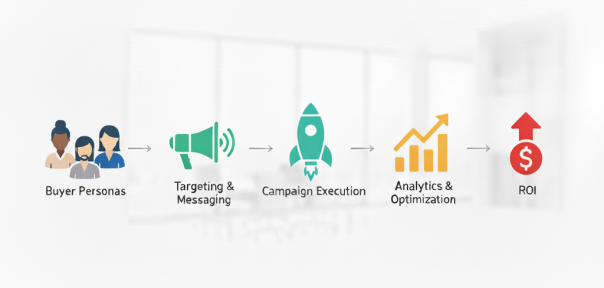
View Course

Included with Pro+ Subscription
.jpg)
View Course

Included with Pro+ Subscription
.jpg)
View Course

Included with Pro+ Subscription
.jpeg)
View Course

Included with Pro+ Subscription
.jpg)
View Course

Included with Pro+ Subscription
.png)
View Course

Included with Pro+ Subscription


View Course

Included with Pro+ Subscription


View Course

Included with Pro+ Subscription


View Course

Included with Pro+ Subscription
.png)
View Course

Included with Pro+ Subscription
.jpg)

.jpg)

.png)

View Course

Included with Pro+ Subscription
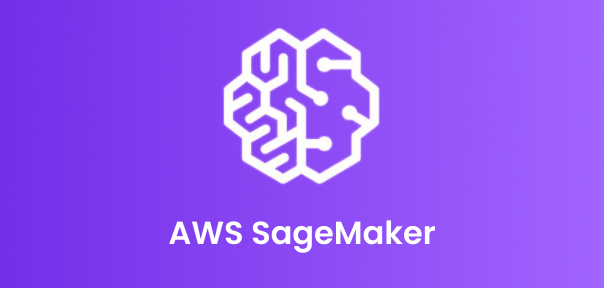

View Course

Included with Pro+ Subscription
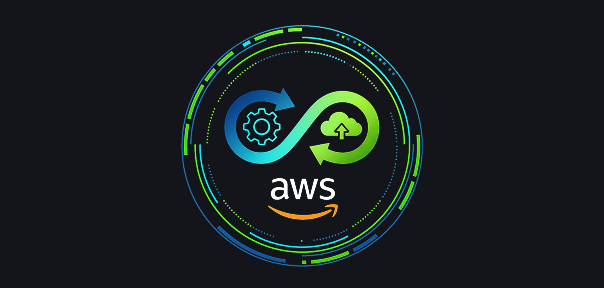
View Course

Included with Pro+ Subscription

View Course

Included with Pro+ Subscription

View Course

Included with Pro+ Subscription
.png)
View Course

Included with Pro+ Subscription
.png)
View Course

Included with Pro+ Subscription
.png)
View Course

Included with Pro+ Subscription
Popular


View Course

Included with Pro+ Subscription

View Course

Included with Pro+ Subscription
.jpg)
View Course

Included with Pro+ Subscription


View Course

Included with Pro+ Subscription


View Course

Included with Pro+ Subscription

View Course

Included with Pro+ Subscription

View Course

Included with Pro+ Subscription

View Course

Included with Pro+ Subscription
AI & Generative AI

View Course

Included with Pro+ Subscription

View Course

Included with Pro+ Subscription

View Course

Included with Pro+ Subscription
.jpg)
View Course

Included with Pro+ Subscription

View Course

Included with Pro+ Subscription


View Course

Included with Pro+ Subscription


Microsoft Courses


View Course

Included with Pro+ Subscription


View Course

Included with Pro+ Subscription


View Course

Included with Pro+ Subscription


View Course

Included with Pro+ Subscription


View Course

Included with Pro+ Subscription


IT & Software
.jpg)
View Course

Included with Pro+ Subscription
.png)
View Course

Included with Pro+ Subscription

View Course

Included with Pro+ Subscription

View Course

Included with Pro+ Subscription

View Course

Included with Pro+ Subscription

View Course

Included with Pro+ Subscription

View Course

Included with Pro+ Subscription

View Course

Included with Pro+ Subscription

View Course

Included with Pro+ Subscription
.png)
View Course

Included with Pro+ Subscription
.png)
View Course

Included with Pro+ Subscription

View Course

Included with Pro+ Subscription
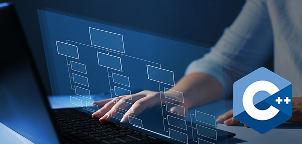
View Course

Included with Pro+ Subscription

View Course

Included with Pro+ Subscription

View Course

Included with Pro+ Subscription

View Course

Included with Pro+ Subscription


View Course

Included with Pro+ Subscription

View Course

Included with Pro+ Subscription

View Course

Included with Pro+ Subscription


View Course

Included with Pro+ Subscription


View Course

Included with Pro+ Subscription
 (1).png)
View Course

Included with Pro+ Subscription
Data Science & ML


View Course

Included with Pro+ Subscription

View Course

Included with Pro+ Subscription

View Course

Included with Pro+ Subscription
.png)
View Course

Included with Pro+ Subscription

View Course

Included with Pro+ Subscription

View Course

Included with Pro+ Subscription
Management

View Course

Included with Pro+ Subscription

View Course

Included with Pro+ Subscription

View Course

Included with Pro+ Subscription

View Course

Included with Pro+ Subscription
.jpg)
View Course

Included with Pro+ Subscription
.jpg)
View Course

Included with Pro+ Subscription
.jpeg)
View Course

Included with Pro+ Subscription
.jpg)
View Course

Included with Pro+ Subscription
.png)
View Course

Included with Pro+ Subscription
.png)
View Course

Included with Pro+ Subscription
.png)
View Course

Included with Pro+ Subscription

View Course

Included with Pro+ Subscription
.png)
View Course

Included with Pro+ Subscription
.png)
View Course

Included with Pro+ Subscription
 (1).jpg)
View Course

Included with Pro+ Subscription
.png)
View Course

Included with Pro+ Subscription
Cloud Computing


View Course

Included with Pro+ Subscription


View Course

Included with Pro+ Subscription


View Course

Included with Pro+ Subscription
.png)
View Course

Included with Pro+ Subscription
.jpg)

.jpg)

.png)

View Course

Included with Pro+ Subscription


View Course

Included with Pro+ Subscription

View Course

Included with Pro+ Subscription
.png)



.png)

View Course

Included with Pro+ Subscription



Cyber Security

View Course

Included with Pro+ Subscription

View Course

Included with Pro+ Subscription
.png)
View Course

Included with Pro+ Subscription
.png)
View Course

Included with Pro+ Subscription
.png)
View Course

Included with Pro+ Subscription
Subscribe to Academy Pro+ & get exclusive features
$25/month
No credit card required

Learn from 40+ Pro courses
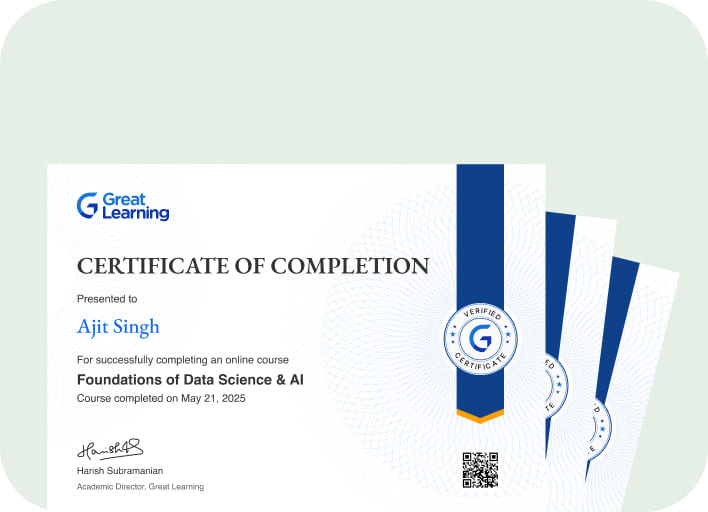
Access 500+ certificates for free
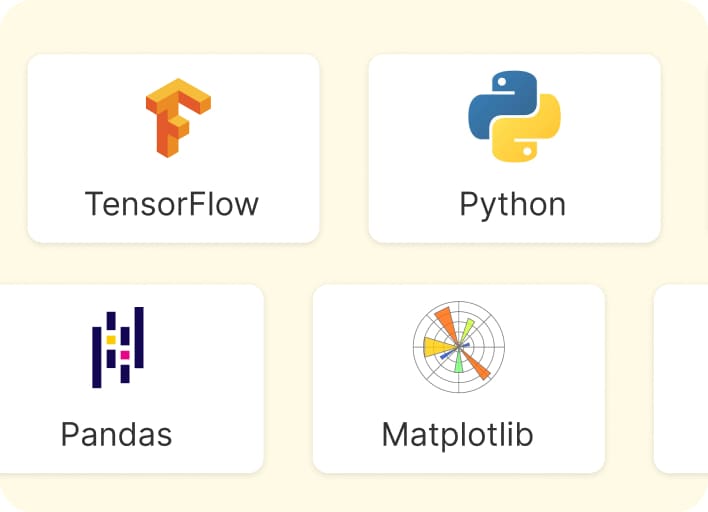
700+ Practice exercises & guided projects
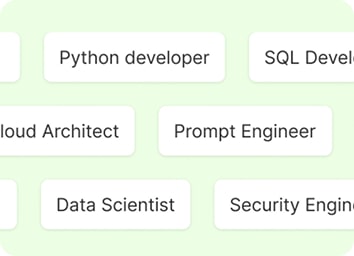
Prep with AI mock interviews & resume builder
Recommended Free Python courses




Similar courses you might like



.jpg)
Relevant Career Paths >
Prime Number Program in Python
Python programming language is a high-level, general-purpose programming language. It is designed in a way where code readability depends upon the effective use of indentation. Most developers accept the Python programming language. Due to its language construct and the object-oriented approach, Python allows programmers to create logical code from small to large-scale projects. This language is dynamically typed and garbage collected. It is popular because of its vast library support that enables developers to implement their tasks efficiently. Python syntax is also straightforward for the programmers to understand and accordingly implement the programs. It is often called the “batteries included” language because of its comprehensive standard library.
Python programming language supports multiple programming paradigms: structured, object-oriented, and functional programming. Python also supports aspect programming. All these paradigms are supported through Python extensions. Python has more manageable memory management that utilizes dynamic typing, the combination of reference counting, and a cycle-detecting garbage collector. Python supports dynamic name resolution, which binds the method with the variable names for the program’s execution. Programming in Python language is found to be a lot easier because it is designed to be highly readable, and it often utilizes English keywords, which in the case of other languages is not the same. They use punctuations for their syntax. You will find fewer syntactic constructions in Python than in other programming languages.
Python is made as a compulsory programming language taught to the students as it is highly used and has easily understandable syntax. By learning Python, you will be preparing yourself to become a better software engineer in the near future. Advantageous key points that encourage many to learn Python are:
-
It is interpreted. The Python programs are processed at runtime by the interpreter, because of which you don’t need to compile your program before executing it.
-
It is interactive. You can directly interact with the interpretation through Python prompt and directly write your programs.
-
It is supportive of object-oriented programming technique that encapsulates code within the objects.
-
Python is highly considered as the Beginner’s language. It is a good option for beginner-level programmers to learn programming due to its easy-to-understand syntax.
Python is an easy-to-learn language. It is simple to read and easy to maintain. It has a broad standard library that allows for the development of more advanced applications. Python supports interactive mode, allowing developers to conduct interactive testing and debug the code snippets. Python is a portable and extendable programming language. Python is also seen providing the major commercial databases. Python programming supports GUI applications. Python supports scalability with its better structure and supports large programs than shell scripting. All these are the applications of the Python programming language.
Variables in Python are the reserved memory locations that store values. This implies that it has some space in the memory whenever you initiate a variable. Based on the variable’s data type, the memory is allocated by the interpreter. Thus, through different data types of the variables, you will be able to store various values like integers, decimals, or characters in these variables. Examples of assigning values to variables are: count = 10 => this is an integer assignment, miles = 100.6 => this is a floating-point assignment, and name = “Python” => this is a string assignment. You can also provide a single value to the several variables at once as Python supports Multiple assignments. For example, a = b = c =5. Python has five standard data types. They are Numbers, String, List, Tuple, Dictionary. These Python data types define the operations that can be performed on them and the storage method implied on them.
Python language supports various types of operators like Arithmetic operator, Comparison (Relational) operator, Assignment operator, Logical operator, Bitwise operator, Membership operator, and Identity operator. Python programming language also supports decision-making statements, including if, if-else, and nested if. Python also supports loop statements that allow you to execute a statement or a group of statements multiple times. There are several types of loops introduced in Python for handling the looping requirements those are,
-
While loop : While the condition mentioned is true, the loop repeats the execution of the statement or the group of statements. The conditions are checked before executing the loop body.
-
For loop : For loop executes a sequence of statements various times and abbreviates the code snippet that manages the loop variable.
-
Nested loops : Nested loops indicate that one loop can be nested with multiple other loops.
Below is an example of implementing the Prime Number Program in Python.
The program is to check whether the number given is a prime number or not.
number = int(input(“enter a number: “)) # this is to get input from the user
# if you wish to assign the value in the program then do it as follow
# number = (any number that you wish to assign)
if number > 1: # because prime numbers are greater than 1
for I in range(2, number):
if (number % i) == 0:
print(number, “is not a prime number”)
print(i, “times”, number//i, “is”, number)
else:
print(number, “is a prime number”)
# condition for the input value less than or equal to 1
else:
print(number, “is not a prime number”)
To understand the working of this Prime Number Program in Python in detail, enroll in Great Learning’s free course called “Prime Number Program in Python” and get a brief understanding of Python programming language, its syntax, and implementation of the Prime Number Program in Python. Complete the course to attain certification. Enroll Today!







